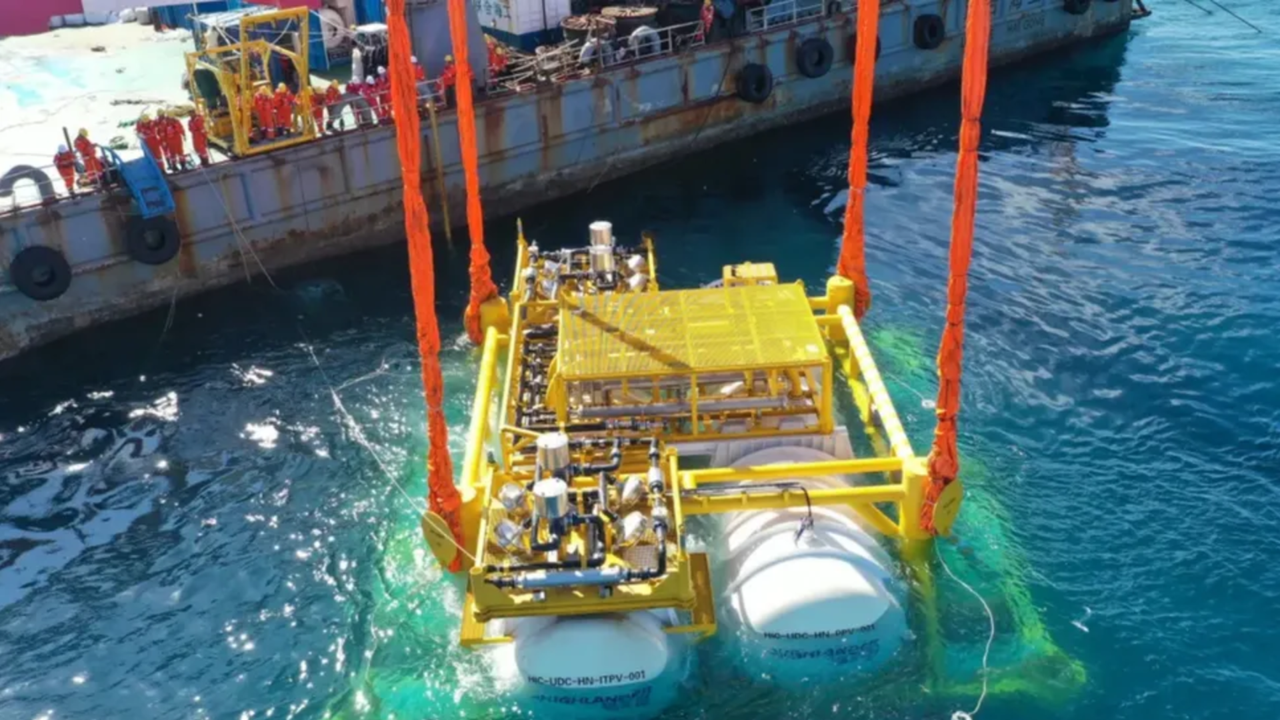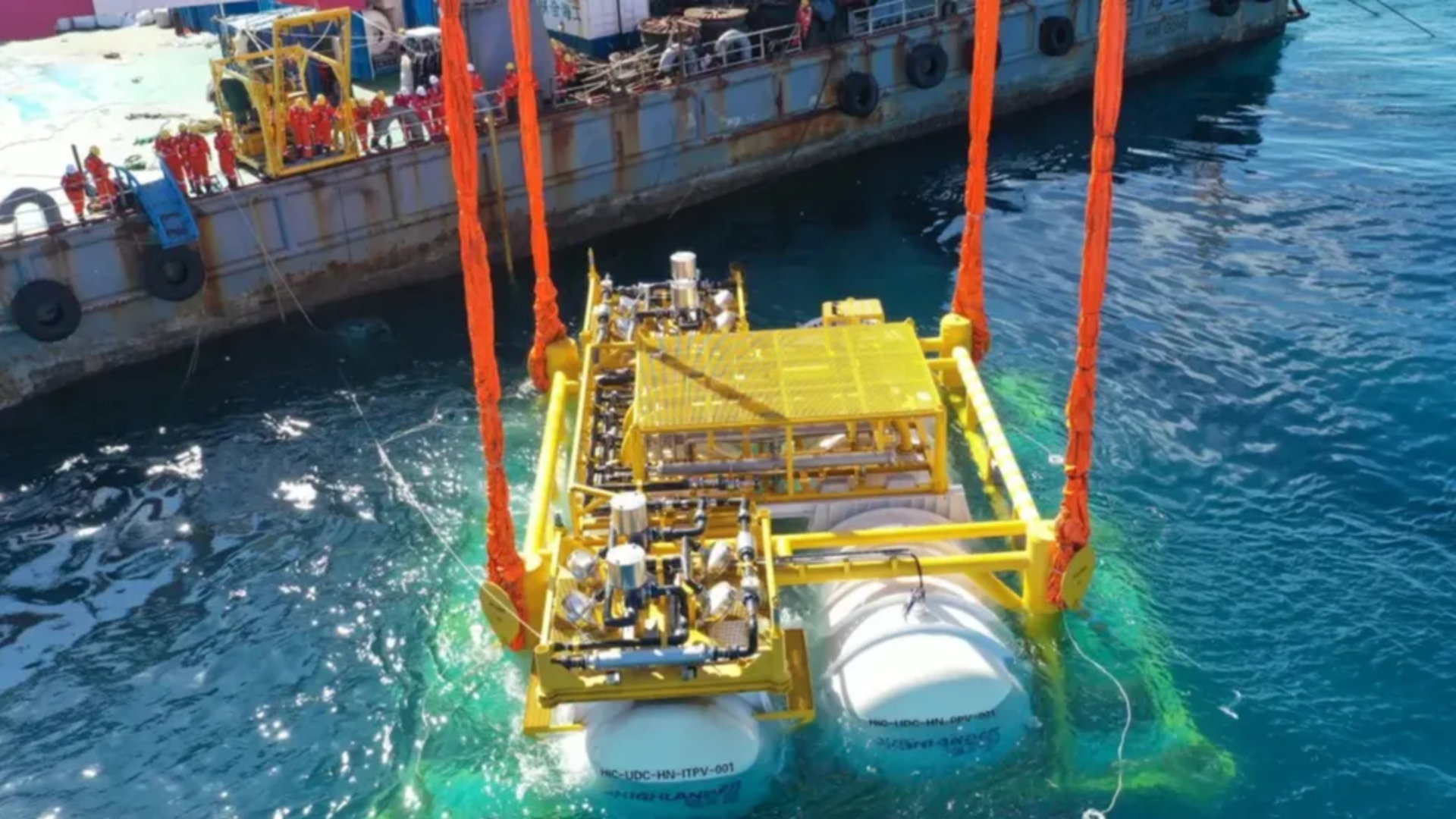
- China’s underwater data center merges deep-sea cooling with renewable wind power
- The Lin-gang project delivers 2.3 megawatts in its first operational phase
- The ocean’s natural cooling replaces conventional chillers in China’s new data hub
China’s experiment with submerging digital infrastructure beneath the ocean has now moved from theory to commercial reality.
The Lin-gang Special Area in Shanghai has become home to what the country calls the world’s first underwater data center.
The $226 million project combines renewable energy with deep-sea cooling to improve efficiency and sustainability.
A new phase in data infrastructure
The Lin-gang facility’s first stage is operational, producing 2.3 megawatts of capacity, and developers claim that the full build will eventually reach 24 megawatts.
This output would place it far ahead of Microsoft’s Project Natick, which was primarily an experimental effort and abandoned in 2024.
The 35m-deep underwater facility is supported by major state-backed entities, including Shenergy, China Telecom’s Shanghai branch, and CCCC Third Harbor Engineering.
Its operator, Shanghai Hicloud, has already outlined a vision for a much larger 500-megawatt expansion in offshore environments.
From a technical standpoint, the method is direct: servers are enclosed within watertight capsules and positioned on the seabed.
The ocean’s natural properties act as the cooling medium, removing the need for conventional chillers.
The company claims that this setup achieves a power usage effectiveness below 1.15, an improvement over both China’s current efficiency benchmark and many land-based hyperscale facilities.
Advocates of the project argue that the underwater approach cuts energy demand for cooling while allowing near-total reliance on renewable sources.
The developers estimate that about 95% of the facility’s electricity will come from offshore wind, eliminating the need for grid power or freshwater.
If the figures hold, the site could mark real progress toward low-impact, sustainable computing.
However, there are clear limitations. Microsoft’s earlier experience shows that there are practical drawbacks in servicing, upgrading, and replacing components.
Since each capsule is pressurized, sealed, and coated to resist corrosion, once submerged, access becomes both costly and slow.
The Lin-gang developers maintain that marine and thermal impacts remain within acceptable limits, but independent verification is still pending.
As with Microsoft’s earlier venture, the question is not whether the system can function, but whether it can do so sustainably and profitably.
If the results align with early projections, China’s approach could influence how global companies deploy AI tools and manage data-intensive workloads at scale.
Via Tom’s Hardware
Follow TechRadar on Google News and add us as a preferred source to get our expert news, reviews, and opinion in your feeds. Make sure to click the Follow button!
And of course you can also follow TechRadar on TikTok for news, reviews, unboxings in video form, and get regular updates from us on WhatsApp too.













